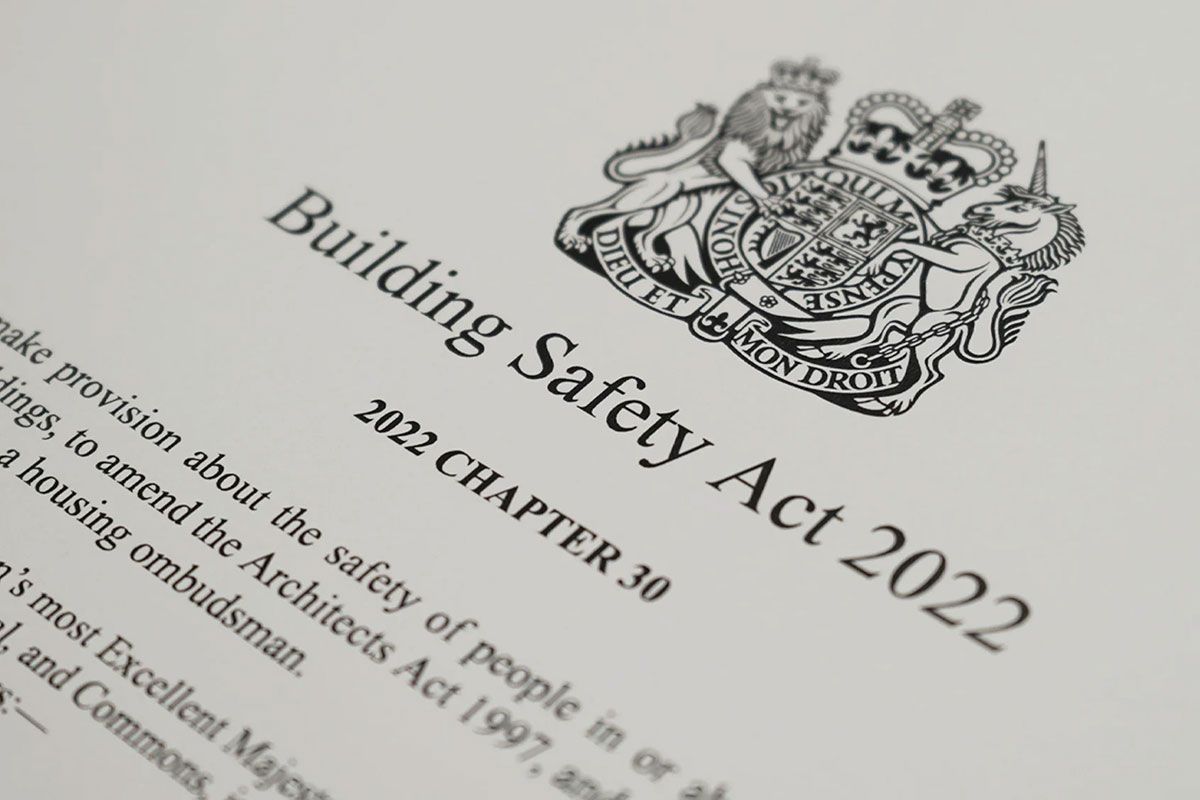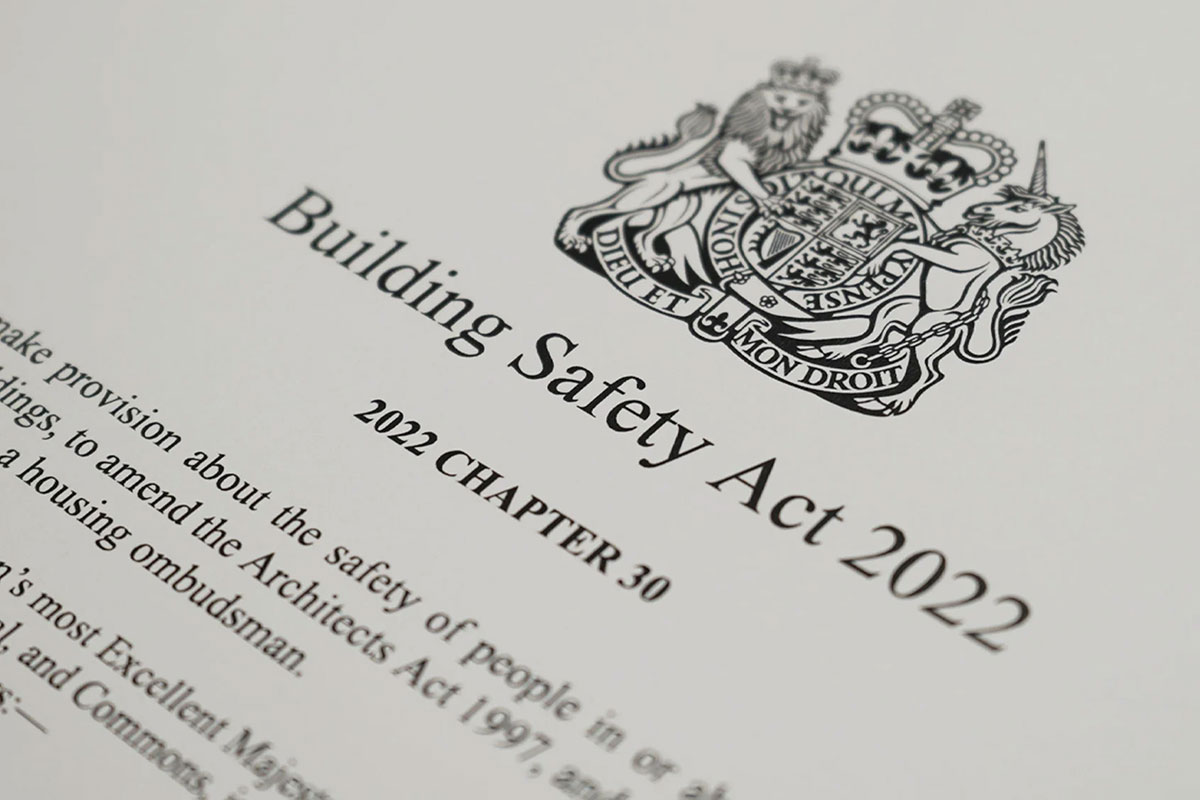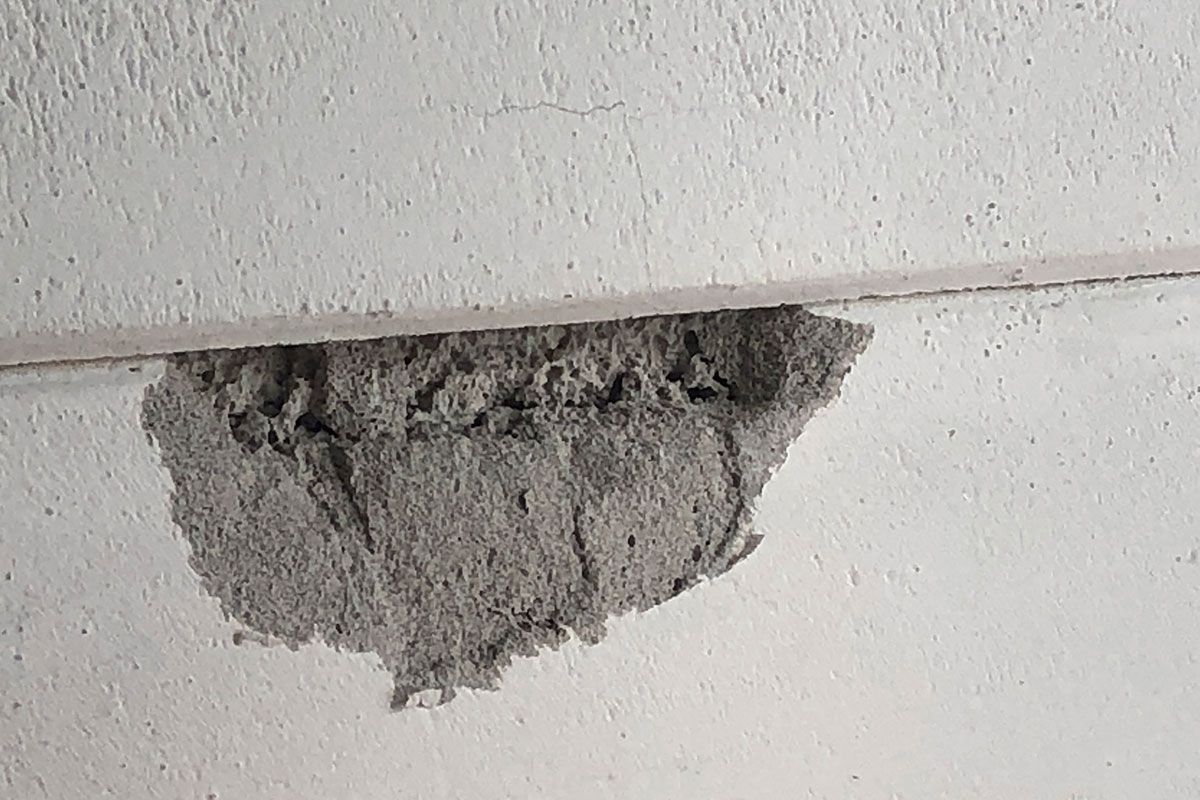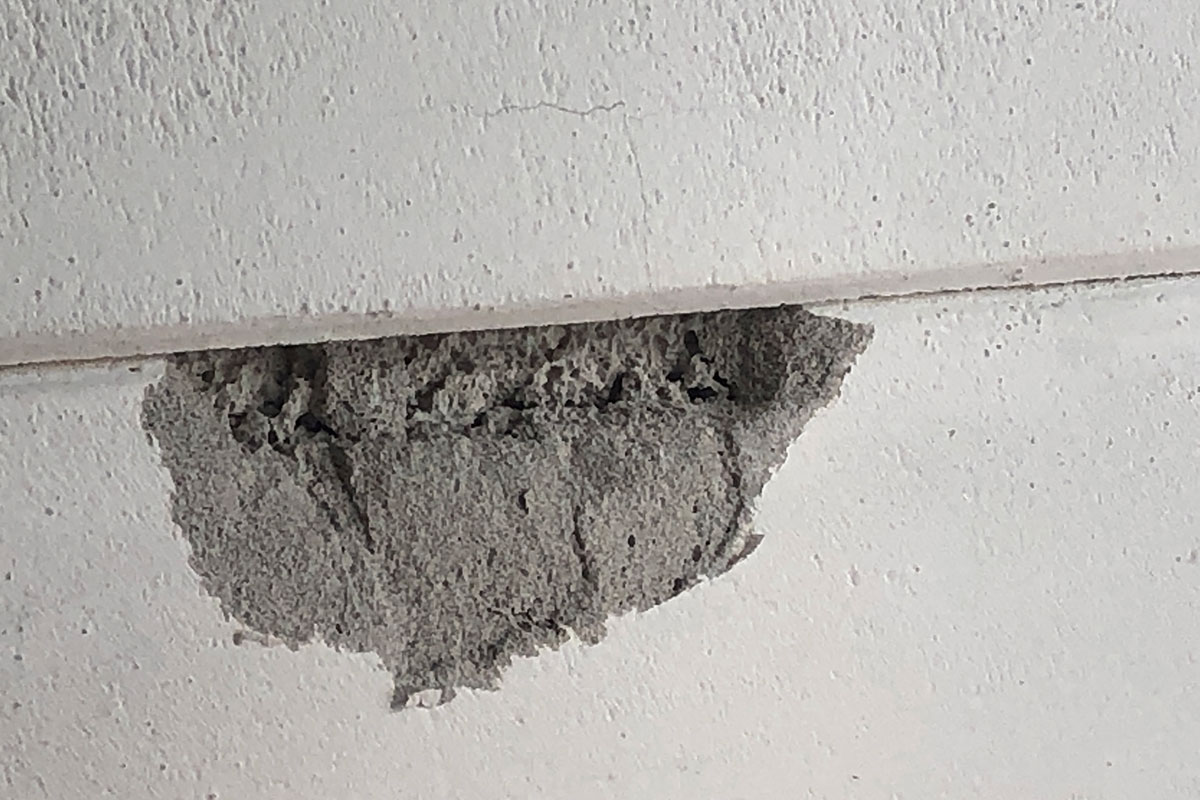Embracing Change: New Year, New Homes – A Surge in House Moves and Home Transformations
Embracing Change: New Year, New Homes – A Surge in House Moves and Home Transformations
As the clock strikes midnight and the calendar flips to a new year, a wave of change sweeps across the UK. The beginning of the year marks a time of reflection, resolutions, and for many, a desire for a fresh start. In this spirit of renewal, a significant surge is observed in people looking to move homes or embark on exciting journeys of home extension and adaptation.
Let’s delve into the trends shaping the housing landscape in the UK as we step into the new year and explore the role of planning companies in facilitating these transformations.
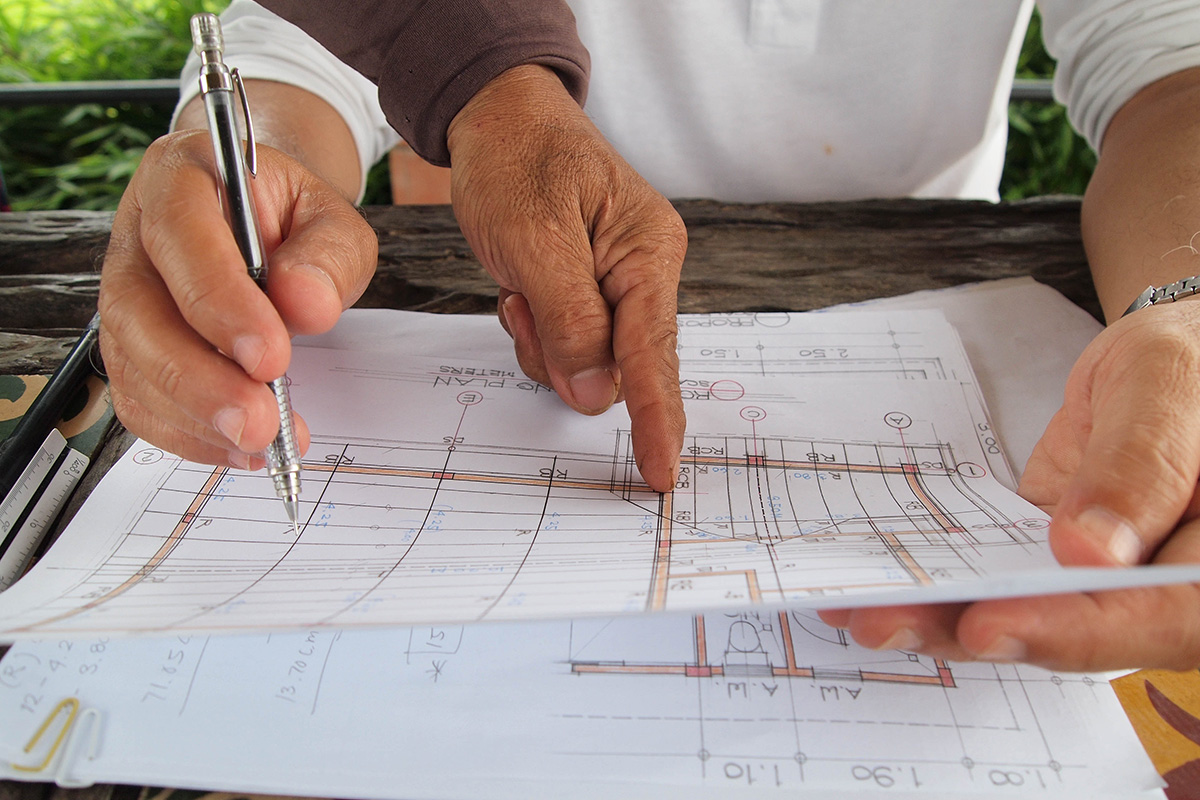
A Fresh Start: The Urge to Move
The start of a new year often brings with it the desire for a change of scenery. Whether it’s a new job, a growing family, or simply the need for a fresh perspective, many individuals and families find themselves contemplating a move. The property market experiences a notable uptick as prospective homeowners and tenants actively search for their dream abodes. Correspondingly, many people selling a home, if they’ve had no success in the autumn will often remove a property from the market around October/November, in the hope of catching the new purchasers entering the market.
As a general rule, spring is often considered the best time to sell in the UK; better weather, longer days, and pretty gardens in bloom, all help us to feel more upbeat about properties. For families (so generally in larger homes), it’s often the case that they are looking to move over the summer holidays to avoid too much disruption within the school year, again shifting the focus or marketing a home to the early spring.
Buying a house naturally comes with some responsibilities that you need to fulfil to protect yourself for the future in your new home. If you’re buying a new-build (in the UK in the year to March 2023 this accounted for around 175,000 of home sales), then one of the key activities you’ll want completed is a snagging survey – to make sure the housebuilder hands over a property free of defects, ready for you to enjoy. For any property you’re purchasing, you might also want to have a full homebuyer’s survey completed for complete peace of mind.
Of course, if you’re buying a new home, there’s a good chance that you’ll also be selling! That too comes with some requirements to enable you to make a sale. Top of the list for sellers is the completion of an Energy Performance Certificate (EPC), which illustrates how energy-efficient your home is.
Home Extensions and Adaptations: Redefining Spaces
On the flip side, the trend of home extensions and adaptations is gaining momentum. With remote work becoming a more permanent fixture in our lives, homeowners are re-evaluating their living spaces. The need for dedicated home offices, gyms, and multifunctional rooms has sparked a surge in requests for home extensions and renovations.
As with the surge in people looking to move house in the New Year, the Christmas break often has many people at home re-thinking their living arrangements, and starting the process of designing and planning changes to their homes.
Obviously there are numerous ways in which to extend or expand; it could be a simple refurbishment to improve a layout, minor or major extension, loft conversion or even a new dedicated outside space. No matter what approach you’re taking, you’re likely to want some kind of design advice to fully consider all, and importantly the right options open to you.
Navigating the Planning Process
As the demand for housing changes and property renovations rises, the role of professional companies becomes pivotal. Navigating the intricate web of planning, building regulations, and good design practise requires expertise, and businesses such as Infinity Planning are vital in guiding homeowners through this process. A reputable designer can provide invaluable insights into the specific requirements of the local council, ensuring that home adaptations and extensions align with the established guidelines. They should also be able to assist in ensuring that Building Regulations are met and maintained throughout any subsequent construction project.
Seizing Opportunities in the Property Market in the New Year
As the New Year unfolds, the surge in house moves and transformations reflects a collective aspiration for positive change. It also represents many opportunities in the property market, for all parties; whether buying or selling.
Contact Us
No matter what your own plans, Infinity ProServ can play a crucial role in your journey, guiding individuals and families whether you’re considering a new home or making changes to your existing one. Our range of snagging services and EPCs will aid anyone considering new homes, and our design/planning services and building regulations can assist those considering changes to their home or even building their own new one! Contact us using the form below, or by calling 0800 148 8088 for an impartial chat about whichever option you’re considering.

